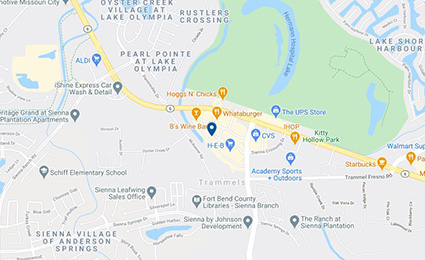Cluster Headache
What is Cluster Headache?
Cluster headache is often described as the most excruciatingly painful of all headache disorders. For most people, a cluster headache begins with severe stabbing and burning pain behind and around one eye. In some people it may be preceded by a migraine-like aura, with pain peaking over the following 10 minutes and continuing for up to three hours.
The attacks are regular and typically follow a pattern of occurring at about the same time in a 24-hour period for weeks or months. Cluster periods tend to occur in the spring and fall, and on average last from six to 12 weeks. Some people do not have cluster periods and have attacks year-round. In many people headaches begin during sleep, which has led researchers to suspect a link to the body’s circadian rhythm.
Cluster headache usually begins between the ages of 20 and 50, although they can start at any age. Males are more commonly affected than females. While cluster headache is not life-threatening, the headaches are chronic and characterized by extreme pain that interferes with quality of life.
What You Can Expect at UTHealth Houston Neurosciences
At UTHealth Houston Neurosciences, neurologists, neurosurgeons, neuro-oncologists, and radiation oncologists work together to determine the care each patient needs, discussing treatment options as a group. This approach saves our patients time and money and allows our specialists to share each other’s insights, leading to better treatment decision-making and outcomes.
We first investigate options for nonsurgical treatment, including medical management, pain management, physical therapy, rehabilitation, and watchful waiting. When surgery is needed, our neurosurgeons routinely employ innovative minimally invasive techniques. Throughout the treatment process, our team works closely with the doctor who referred you to ensure a smooth transition back to your regular care plan. While you are with us, you can expect expert care, excellent communication, and genuine compassion.
Causes of Cluster Headache
Physicians and researchers have not found the cause of cluster headache. The fact that they tend to occur during the same time from one day to the next, and more often at night, suggests a link to irregularities in the sleep-wake cycle, which is controlled by the brain and various hormones. The headache may be linked to histamine released in response to allergies, or to serotonin, a neurotransmitter believed to help regulate appetite, digestion, mood and social behavior, and memory. Alcohol, particularly red wine, provokes attacks in more than half of cluster headache sufferers. Cluster headache is also linked to smoking.
Symptoms of Cluster Headache and Diagnosis
People with cluster headache have pain they describe as piercing and unbearable on one side of the face and around the eye. They may also have a swollen or droopy eye with redness and watering, congestion and runny nose, and forehead and facial sweating on the same side as the headache pain. Some people have nausea during the attack; others experience sensitivity to light, sound, or smell. Most people who suffer from cluster headaches have one to three a day, and two cluster periods each year.
There are no diagnostic or laboratory tests that can confirm cluster headache. Instead, the disorder is diagnosed clinically based upon the frequency, severity, and duration of the headaches as described by the patient.
At the UTHealth Houston Neurosciences Face Pain and Headache Clinic, our physician team is experienced in identifying complicated and rare neurological conditions, including cluster headache and other primary headache disorders.
Treatment
Treatment for cluster headache is focused on relief of symptoms through lifestyle changes to avoid headache triggers. Your doctor may prescribe medications such as triptans or corticosteroids to break the headache cycle, or dihydroergotamine injections that work by narrowing blood vessels around the brain and changing the blood flow patterns associated with a cluster headache attack.
The Will Erwin Headache Research Center at UTHealth Houston Neurosciences aims to understand the mechanisms underlying headache and facial pain disorders. Researchers at the center are conducting a large-scale study of cluster headache with the goal of understanding the disease in depth. For more information about the study, email [email protected].
Research and Trials for Cluster Headache
Read about a new research trial being offered by UTHealth Houston Neurosciences headache specialist and neurologist Dr. Mark Burish. Click below to see if you qualify and to learn how to contact the research team.
Related Conditions and Treatments
- Chiari Malformation
- Cluster Headache
- Hemifacial Spasm
- Migraine Headache
- Normal Pressure Hydrocephalus (NPH)
- Trigeminal Neuralgia (TN)
Contact Us
At UTHealth Houston Neurosciences, we offer patients access to specialized neurological care at clinics across the greater Houston area. To ask us a question, schedule an appointment, or learn more about us, please call (713) 486-8000, or click below to send us a message. In the event of an emergency, call 911 or go to the nearest Emergency Room.











